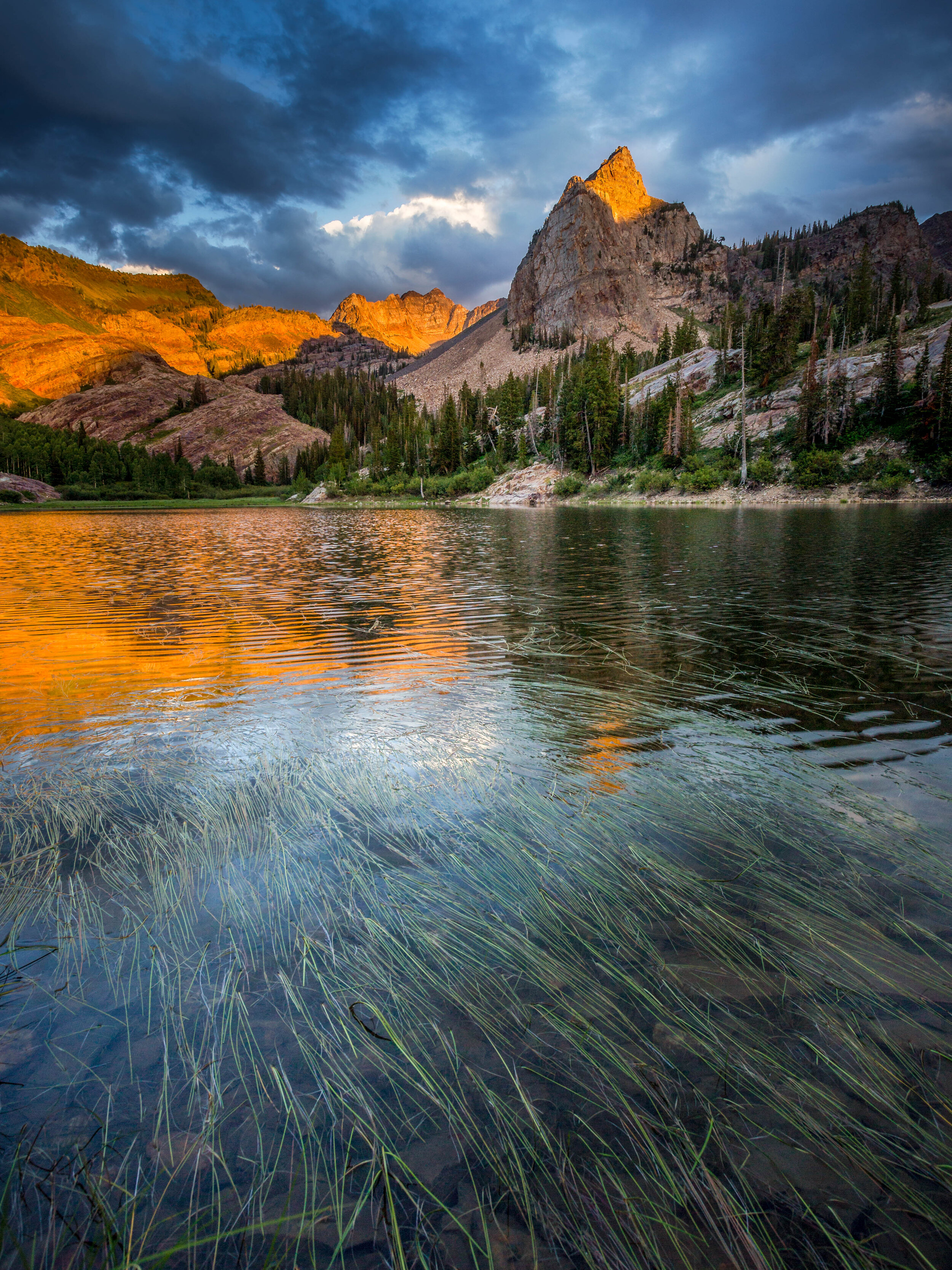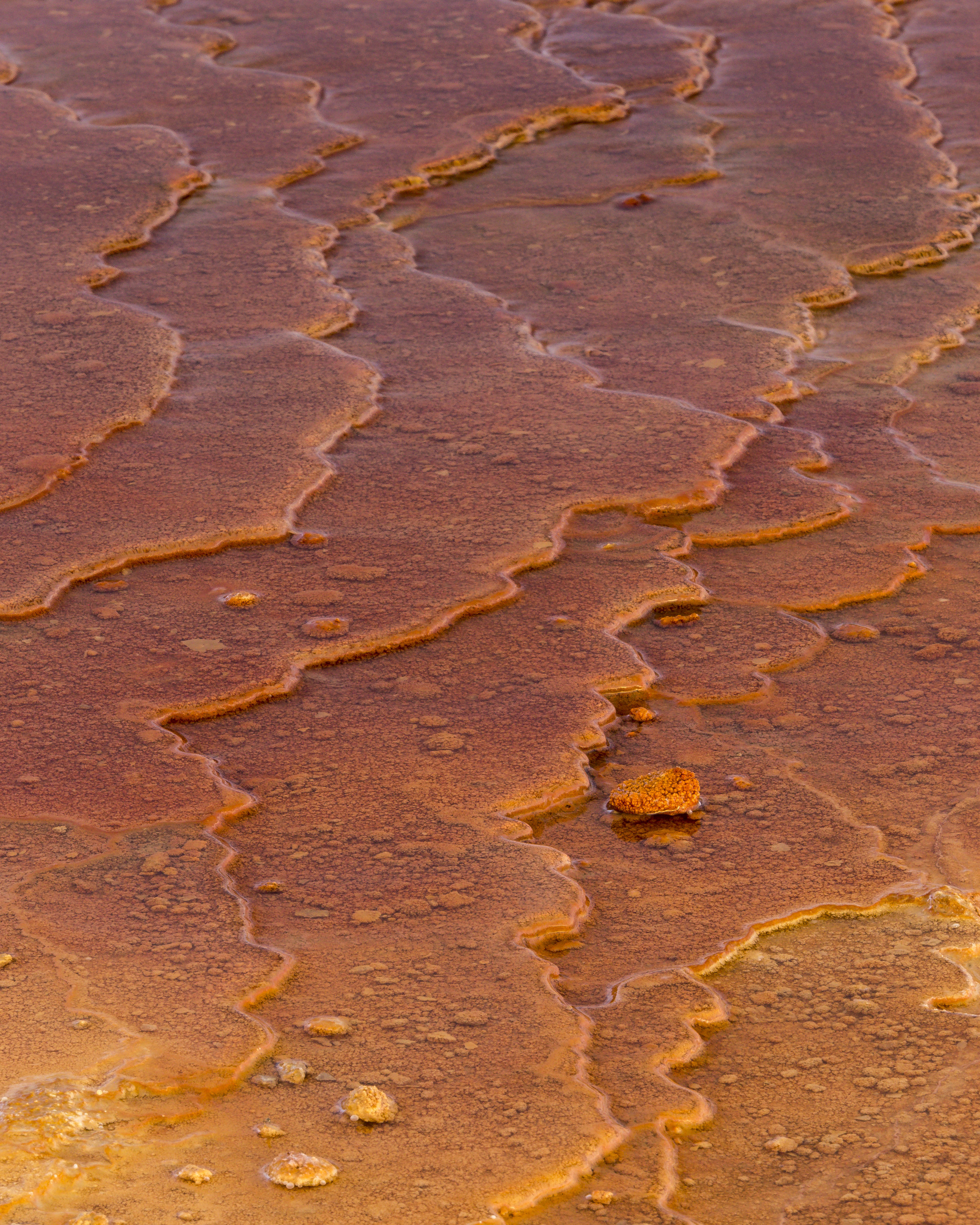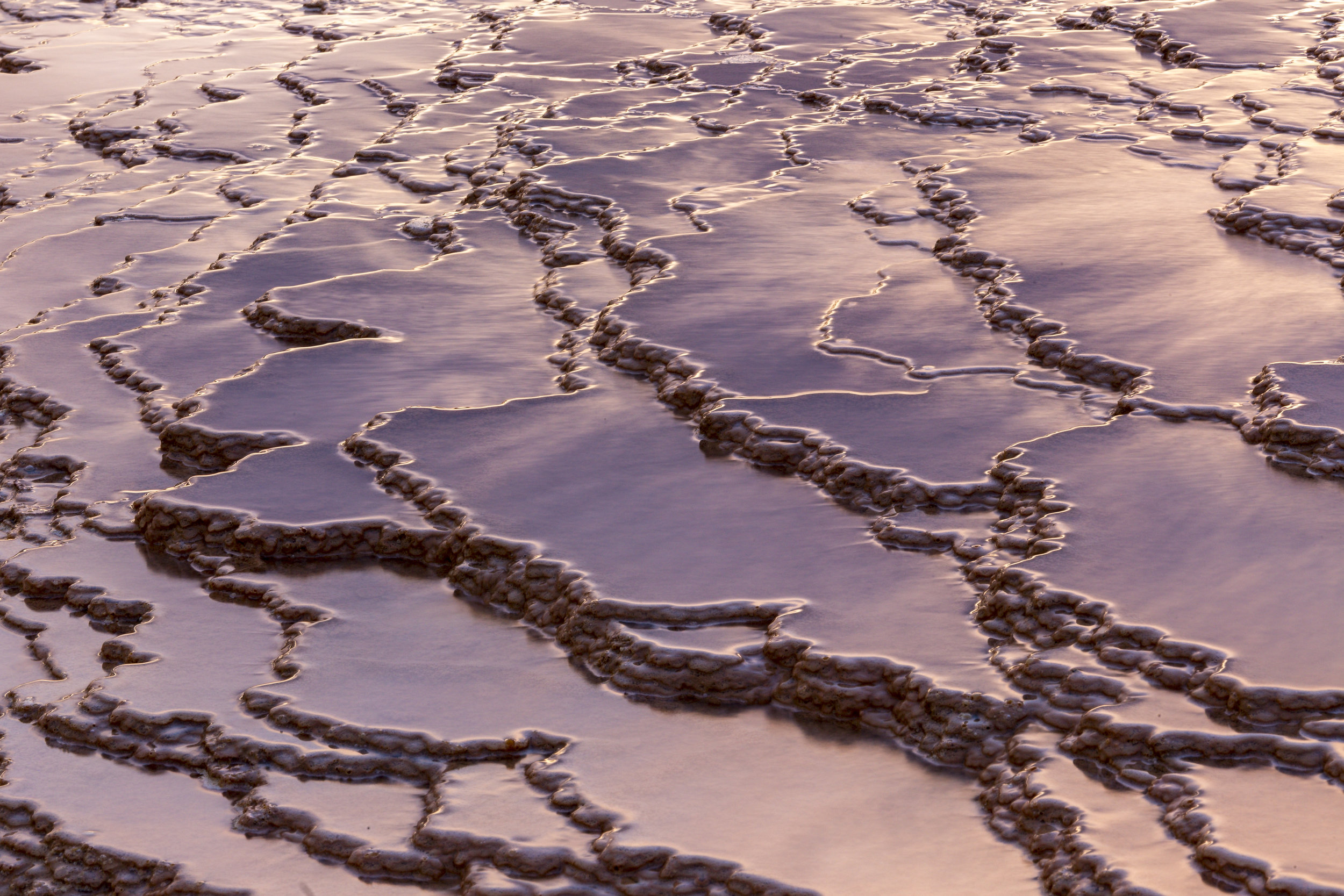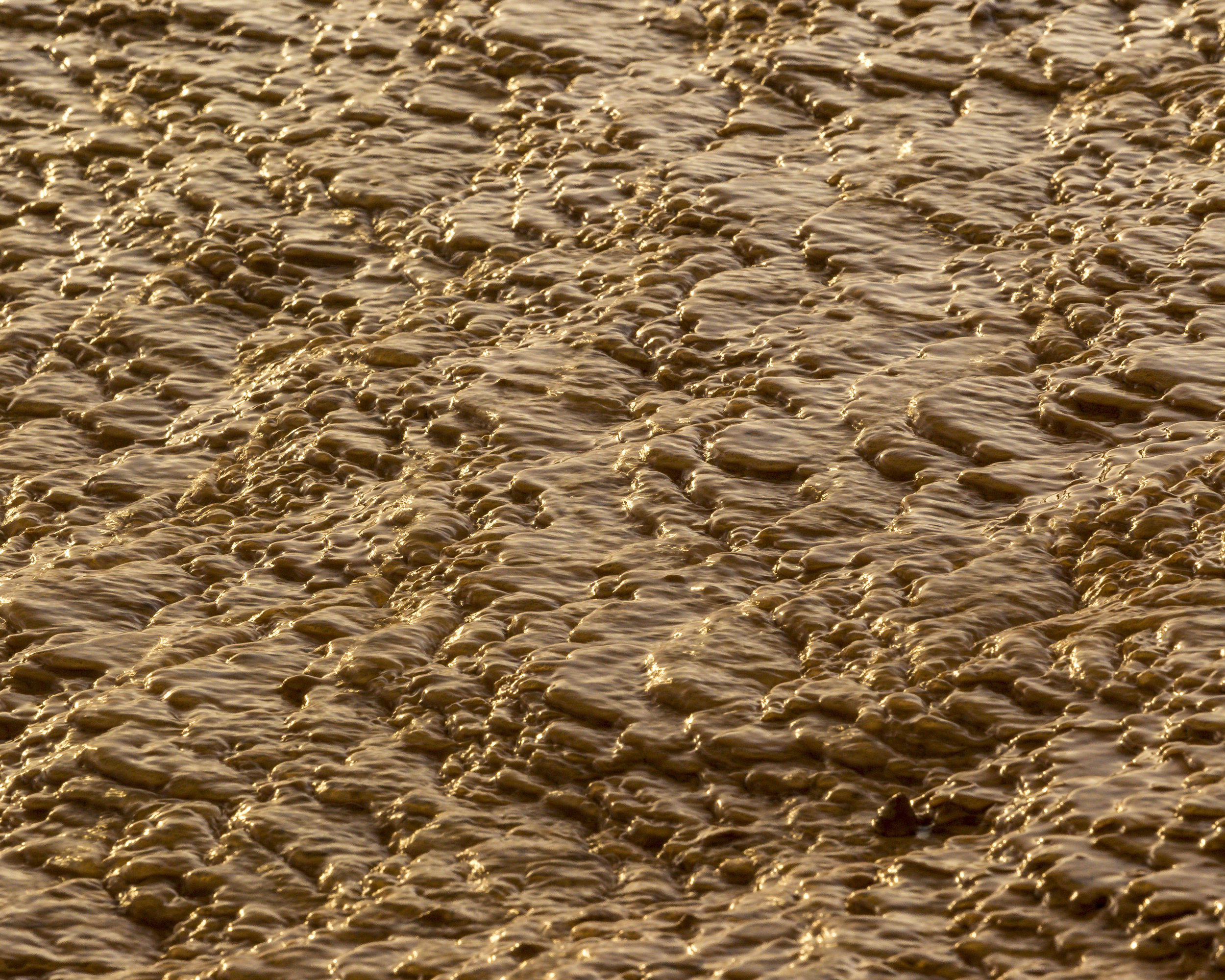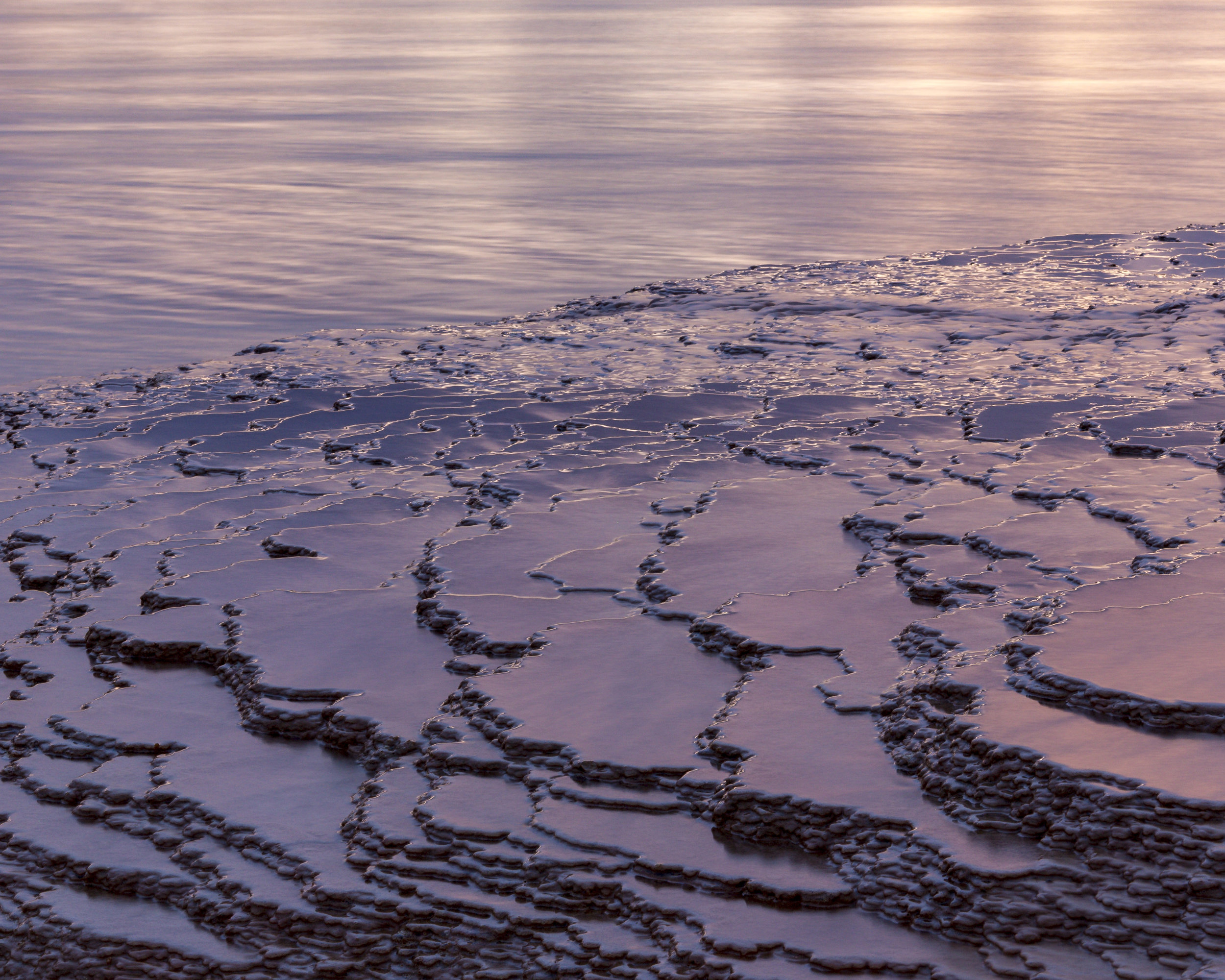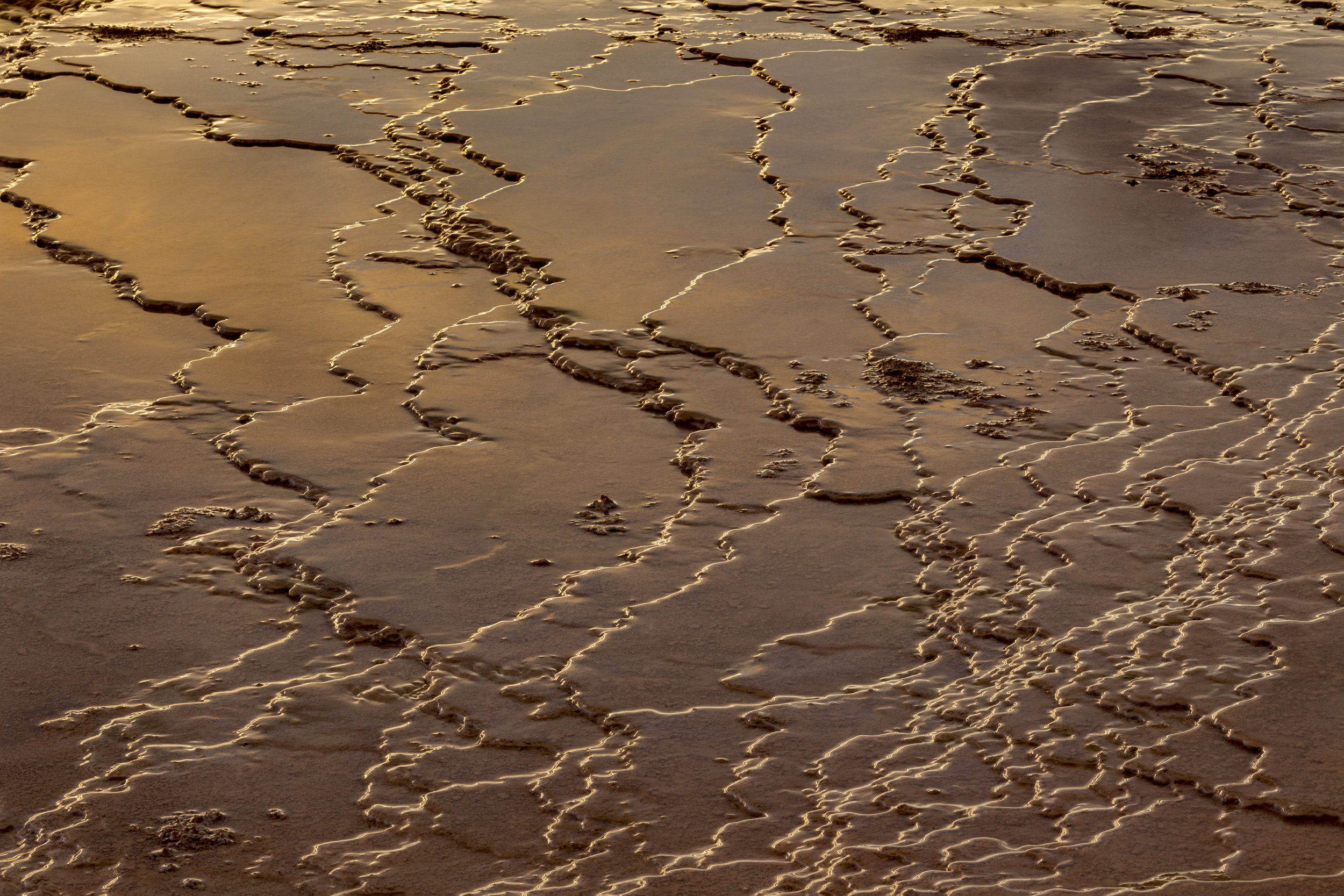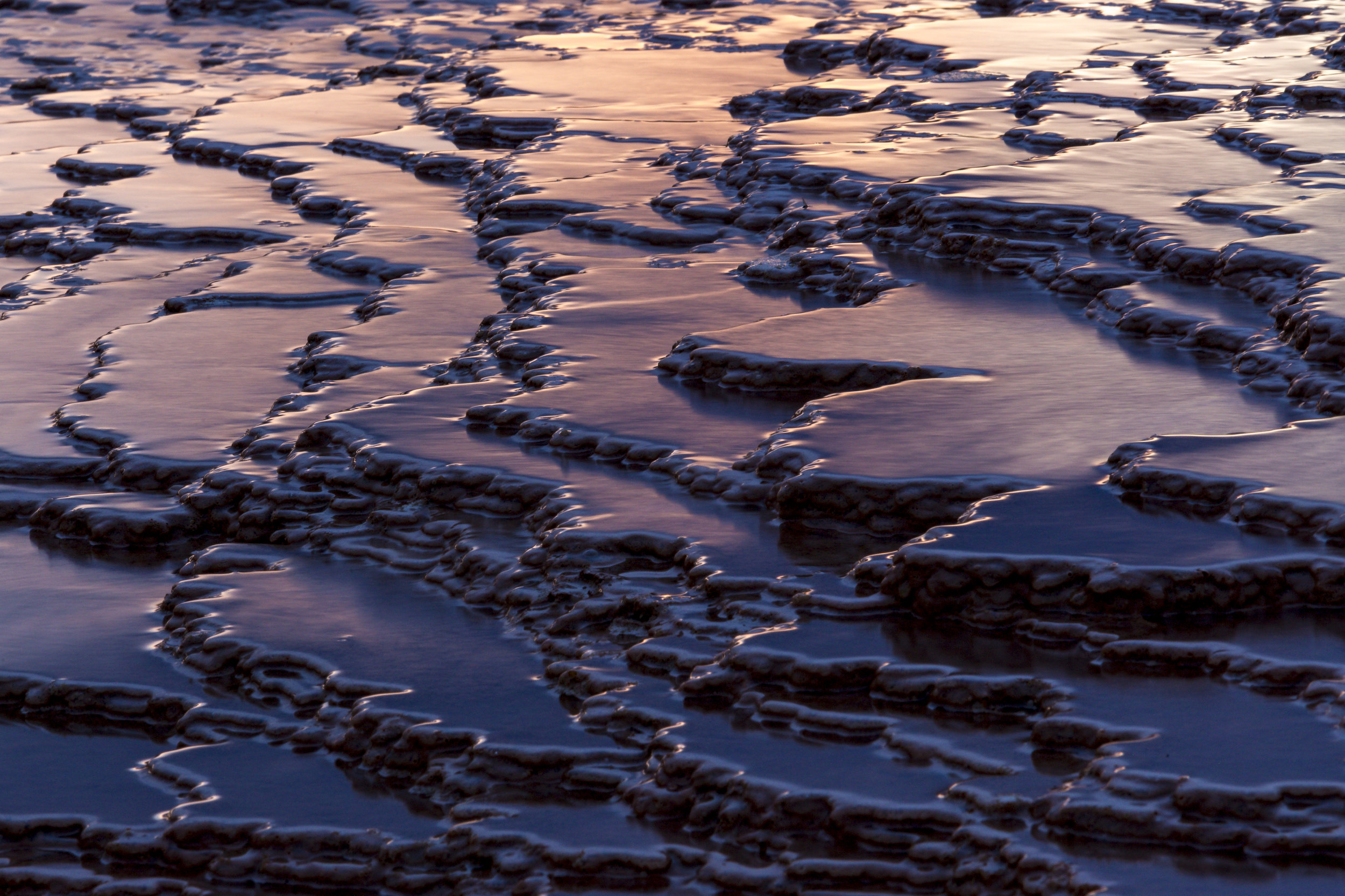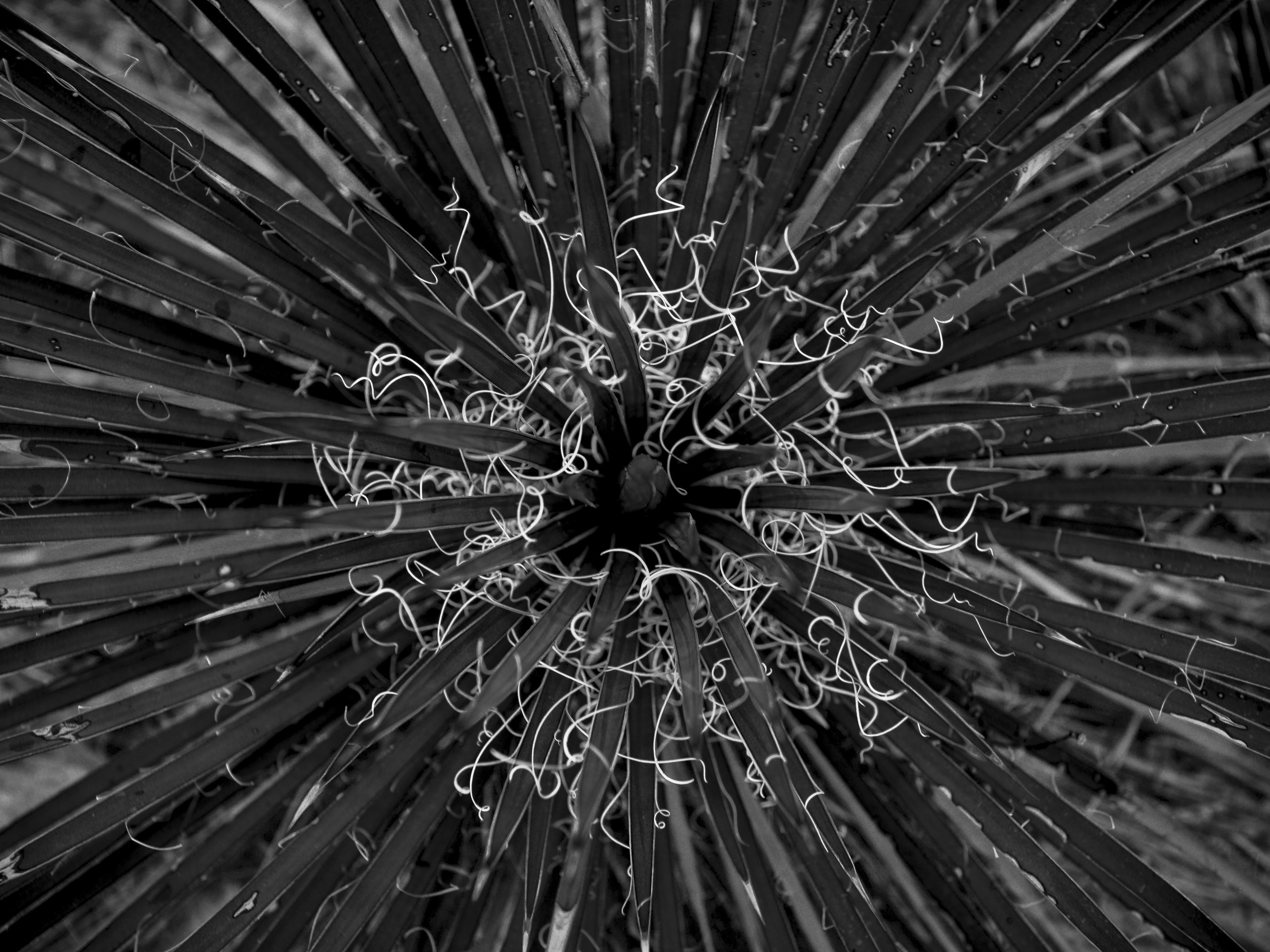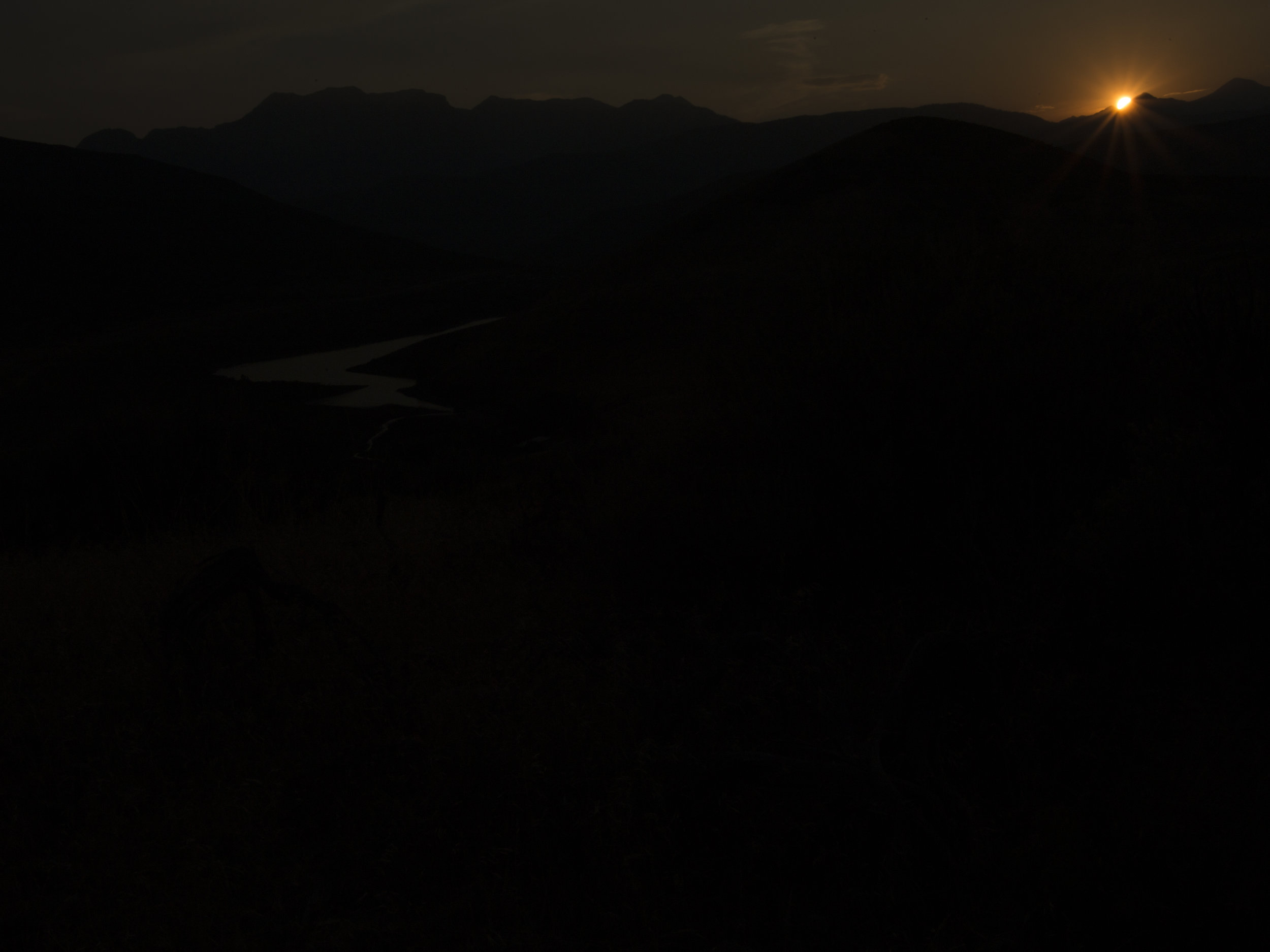After a few days back in civilization, I received an invite to go photograph sunset with a group of local photographers from the Salt Lake City area. I have been a solo shooter for many years now and haven’t developed lasting relationships with many creative individuals. This recently came to my attention and I decided I needed to do something about it. So, I stepped out of my comfort zone and contacted a few local photographers to see about a weekend trip to a beautiful area earlier this spring. The interest was outstanding, and one of the local photographers took control of planning the details since I was new to the area and hadn’t the slightest clue when the best time was for that area. The weekend went off with great success, and we all decided we wanted to make these trips a regularity. Busy schedules and separate shooting agendas kept us apart as a whole for a few months, and this jaunt into the Wasatch mountains for sunset was the first real gathering we made since the spring. The forecast looked incredible and everyone was in high spirits as we met at the car lot at the base of Big Cottonwood Canyon. We loaded into one vehicle after a few hellos and made our way to the trailhead. The hike up is a doozy with camera gear at just over under 3000ft of elevation change in 3.2 miles.
We arrived at our destination about 10 minutes before the sun set and quickly scouted some photographic locations. I found a wonderful composition on the side of a rock face that still had a flower bloom clinging to the rocky soil. I decided to go for the shot, given the majority of images I’ve seen from the area are at lake level. We sat and waited as the light slowly got better and better. With the fire smoke and amount of cloud cover we were all surprised the light was turning out as good as it was. I captured the following shot before the sun turned the sky into a blaze of glory that encompassed the entire scene around us.
© Andrew Lockwood 2019
I moved from this location to attempt a shot of a tree on the edge of a cliff that overlooked the valley we had just hiked up. I and one other photographer (Quinn Calder) had spotted this tree on the way up and discussed how it could create a nice composition. The sky in that area was particularly colorful. I took two images in those next moments and couldn’t believe what I was experiencing.
© Andrew Lockwood 2019
© Andrew Lockwood 2019
With the light racing across the sky, I thought it best to get back to the original image I had intended for the evening. John Haymore, and Emily Jeppson were in the area photographing a roughly similar composition. John hadn’t moved to chase the clouds as I did and he put together a wonderful time blended image that I thought was pure gold. My image was good, however, it lacked light in the clouds which happened while I was returning to set up my composition. I learned a new technique that evening through John. I’ve known about time blending for some time but had never tried it or seen it put into practice first hand. In a future post I will attempt to show you how to time blend successfully and go through the steps to help you create your own.
© Andrew Lockwood 2019
The light ended in a much less dramatic fashion than when it started, and we packed up to begin the trek back down the mountain in the dark. We were all super excited about the image potential we had on our cameras and couldn’t wait to process the images. We talked composition, light, location, and all things photo related on the way back down and it was nice to talk to other photographers. Every time you go out and shoot with a group, you will learn something. The collective knowledge in such a group can be astounding and if you know how to listen and pay attention, little snippets of wisdom float past your ears on the evening breeze quite frequently.
Next week winter hits before fall and I scramble to capture it. Be sure to check back in for that read. Its fall here in Utah and my blog posts will soon be filled with aspen photos and fall colors in the mountains.





